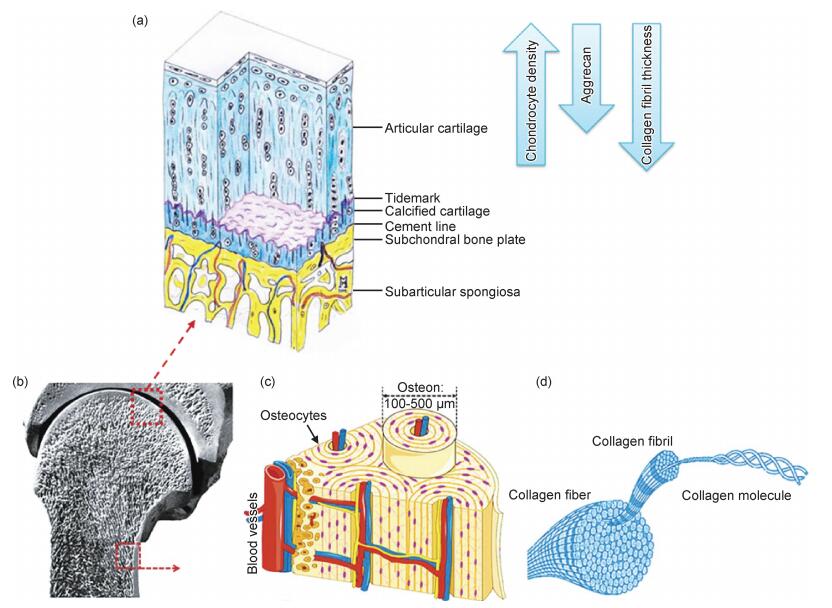 PDF(7460 KB)
PDF(7460 KB)


 PDF(7460 KB)
PDF(7460 KB)
 PDF(7460 KB)
PDF(7460 KB)
骨软骨组织工程仿生梯度支架研究进展
 ({{custom_author.role_cn}}), {{javascript:window.custom_author_cn_index++;}}
({{custom_author.role_cn}}), {{javascript:window.custom_author_cn_index++;}}Research progress in biomimetic gradient scaffolds for osteochondral tissue engineering
 ({{custom_author.role_en}}), {{javascript:window.custom_author_en_index++;}}
({{custom_author.role_en}}), {{javascript:window.custom_author_en_index++;}}
| {{custom_ref.label}} |
{{custom_citation.content}}
{{custom_citation.annotation}}
|
/
| 〈 |
|
〉 |